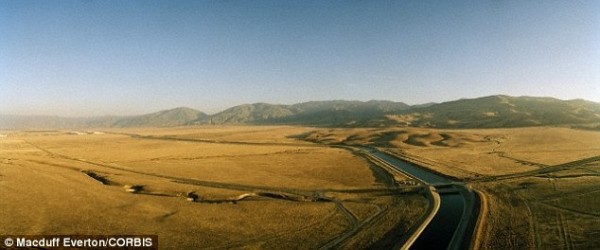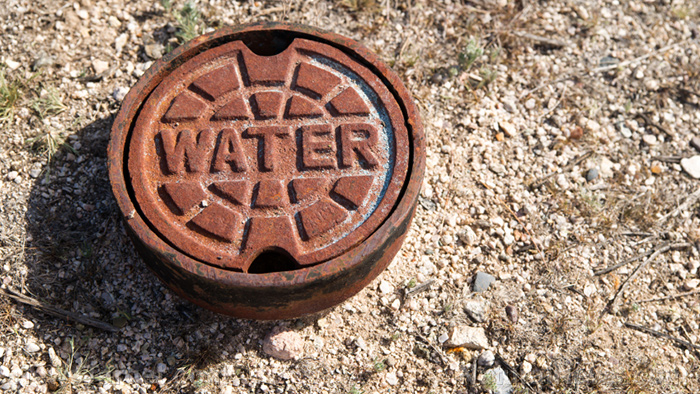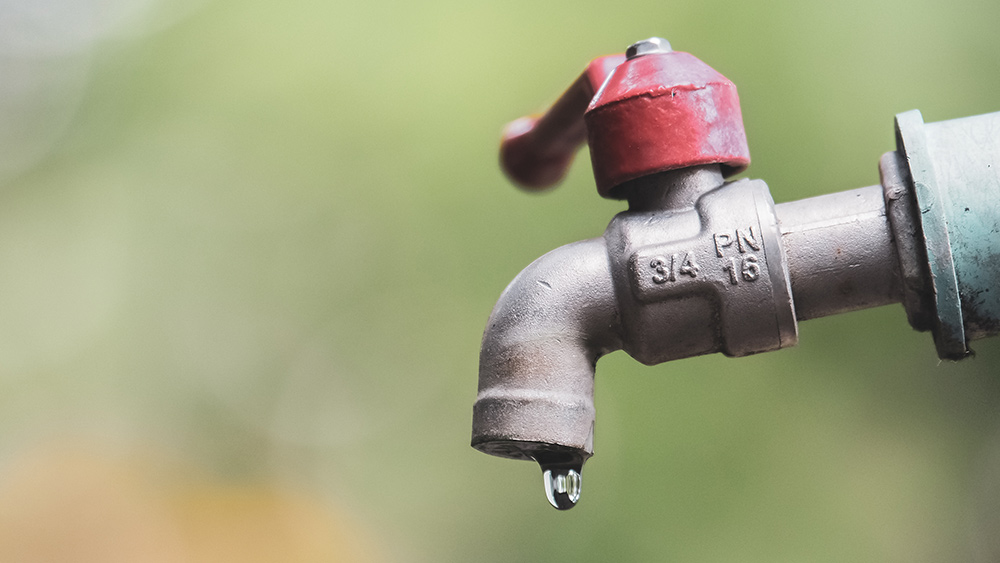
Advertisement
Immense areas of California’s Central Valley are sinking at an unprecedented rate, as vast amounts of groundwater are pumped during the prehistoric drought, prompting many people to wonder whether the sunshine state is becoming a sinkhole.
The data reveals that ground is sinking nearly two inches a month in some regions, putting various roads, bridges and canals that provide water throughout the state, in grave danger.
Sinking land is by no means an uncommon occurrence in California. Excessive amounts of groundwater have been pumped during droughts for decades. Nevertheless, the recent data reveals that land is sinking at a much faster rate than before, as California endures its fourth year of drought.
More sun than the golden state can afford
“We are pumping at historic levels,” Mark Cowin, head of the California Department of Water Resources, told sources. He added that groundwater levels are dropping at unprecedented levels – up to 100 feet lower than recorded in the past.(1)
Scientists at NASA’s Jet Propulsion Laboratory conducted the research using images taken over the years with satellites and airplanes.
California wears the crown as the country’s head agricultural state. Regardless, the persistent drought has put more than one-fifth of land out of production within the last two years.
Gov. Jerry Brown signed historic legislation in 2014 that keep tabs on groundwater pumping. However, local officials have until 2020, and in some cases until 2022, to complete their management plans. As a result, it could take California up to two decades to get a handle on groundwater use, according to Cowin.(1)

“I don’t think we can end overdraft or subsidence overnight,” he said. “We do need to take action.”(1)
In the meantime, the Department of Water Resources has started a $10 million program to aid counties with stressed groundwater basins to cultivate and bolster local ordinances and conservation plans.
The NASA data illustrates that land close to the city of Corcoran sank 13 inches in eight months. In addition, part of the California Aqueduct sank eight inches in four months. The aqueduct is hundreds of miles long, which provides water to millions of people and massive areas of farmland.(1)
Farmers in the Central California Irrigation District have invested a whopping $4.5 million to raise the walls on the canal. They plan to pay a further $2.5 million to raise a bridge above the water.(1)
“It’s a vivid picture of what subsidence can do,” said Christopher White, manager of the district that serves 1,900 farmers who grow tomatoes, cotton, fruit, almonds and other crops in three counties.(1)
Drought could cause permanent damage to underground aquifers
Long-term subsidence has already decimated thousands of public and private groundwater well casings in the San Joaquin Valley. With time, subsidence can forever reduce the underground aquifer’s water storage capacity.
Lester Snow, executive director of the California Water Foundation, which promotes water policy, has pleaded for immediate action. He believes that state and federal authorities ought to provide local agencies with financial incentives to reduce their dependency on groundwater.
Money is also needed for storm water capture during damp winters to counterbalance the heavy dependency on groundwater, Snow told sources.(1)
“As long as this continues, we risk further damage to roads, levees and buildings,” he said. “There is no time to waste.”(1)
(Photo credit: Macduff Everton/CORBIS)
Sources include:
(1) News.Yahoo.com
Submit a correction >>
This article may contain statements that reflect the opinion of the author
Advertisement
Advertisements















